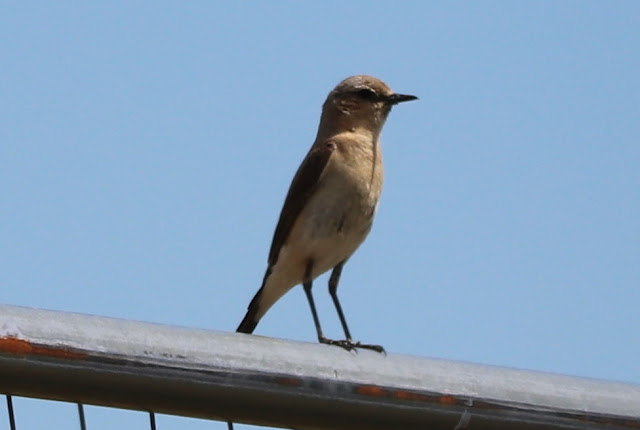When campaigning for the Labour leadership, Starmer promised that if he became leader and won the next General Election he would abolish the House of Lords, introduce a federal system, renationalise the railways, the water companies, the Post Office and energy companies. He vowed to defend freedom of movement within Europe as the UK left the EU. He also promised to oppose Tory attacks on the rights of workers to take industrial action. He also committed to abolishing university tuition fees. A Labour Government was going to introduce tax increases on the top 5% of earners. It was going to abolish Universal Credit and the Tories’ cruel sanctions regime.
Three years on and these promises are looking pretty threadbare. In May, Labour’s Shadow Chancellor Rachel Reeves said that her party had “no plans” to increase taxes on the highest earners. Instead Starmer has been criticising the current “high tax burden” and talking instead about growing the economy. Universal Credit will no longer be abolished by a future Labour government, instead Shadow Work and Pensions Secretary, Jonathan Ashworth, has promised to “reform” Universal Credit but made it clear that Labour intends to keep “conditionality” as a part of the system. That’s code for sanctions. Starmer has done a U turn on his previous promise to abolish university tuition fees and has drastically scaled back on his promise to invest billions on the development of green energy.
The promises to renationalise the railways, water companies and energy companies have basically been scrapped in their entirety. Instead Starmer promised greater regulation of companies that would remain in the private sector, saying in July last year: “The answer is going to lie in regulating the market and changing the market, rather than simply taking things into public ownership.” He also acknowledged that the private sector would continue to have a key role to play in the NHS. So his promise to end private sector outsourcing in the NHS has bitten the dust too.
Starmer has also now ruled out any return of freedom of movement within Europe, and has said that he would not seek to rejoin the European Single Market or Customs Union. Starmer will maintain the hard Brexit foisted upon us by the Tories as he is too worried about chasing votes in Brexit supporting constituencies in the Midlands and North of England to care about those of us who think Brexit was a bad idea to begin with and its implementation has made a dreadful situation far far worse.
Starmer’s promise to introduce “radical devolution” and a federal system looks like a bad joke now. The fanfare announcement of the abolition of the House of Lords and its replacement with an elected ‘Senate of the Nations and Regions’ turned out to consist of a promise to consult on this proposal before deciding whether or not to include it in a Labour manifesto. Even if it did make it into a Labour manifesto, there’s no guarantee it would be implemented.
Labour had a manifesto commitment in 1997 to reform the House of Lords and end the hereditary principle in the upper chamber. Despite a landslide Labour majority in the 1997 General Election, there are still hereditary peers in the Lords and we now have a bloated upper house stuffed with the cronies and associates of politicians who are appointed for life in a system of institutionalised patronage. Labour promised to reform the system of life peerages so that membership of the Lords reflected the vote share of the parties, as a counterbalance to the First Past the Post system so beloved of both Labour and the Tories in the Commons. The 1997 Labour manifesto said: “Our objective will be to ensure that over time party appointees as life peers more accurately reflect the proportion of votes cast at the previous general election.” That didn’t come close to happening, instead Blair’s government was embroiled in allegations of cash for honours with peerages being doled out to Labour donors. The Tories picked up that particular ball and ran with it and the Lords is now essentially a London club for Tory donors and high profile supporters. Now Starmer appears to have scrapped the promise to abolish the House of Lords and replace it with a new elected upper chamber. Instead he proposes to tackle the problem of a bloated House of Lords stuffed to the gills with Conservative life peers by stuffing it with dozens of new Labour life peers.
All that will happen is the election of a Labour government that has adopted Tory drag in order to appeal to Brexit voters in England. It will be Blairism on steroids.
.jpg)
.jpg)



















































